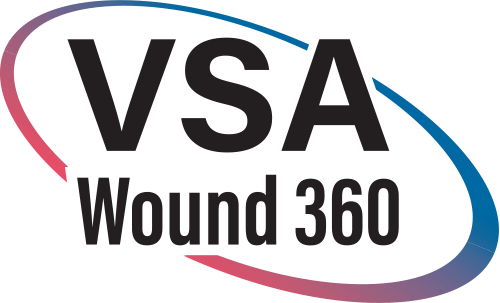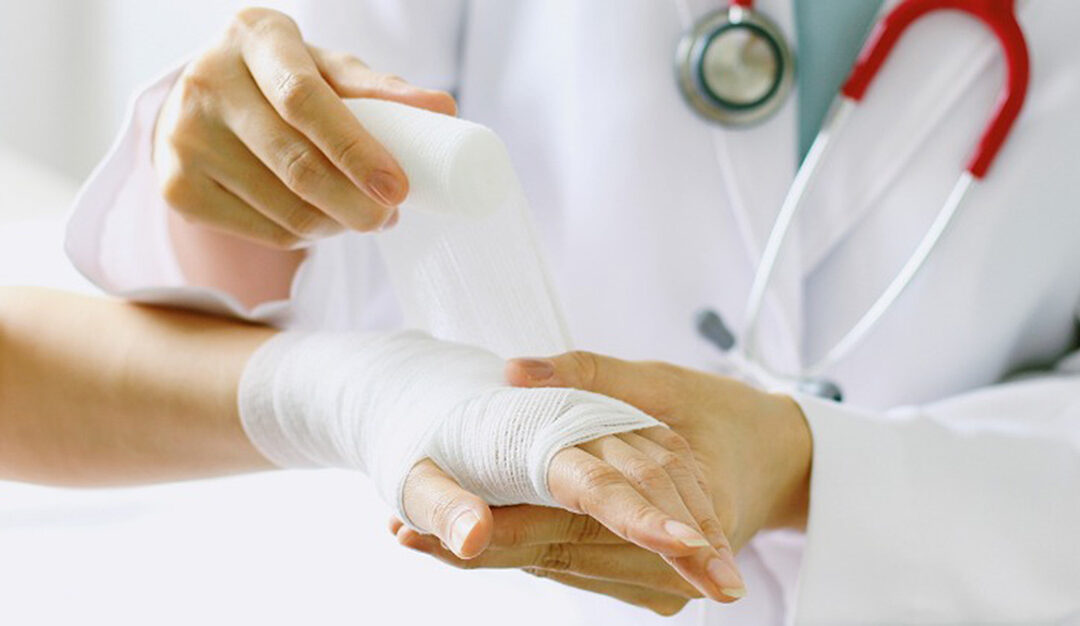We’ve all experienced an injury or sore that can be inconvenient, painful, and challenging to tend to. But when it comes to effective wound maintenance, it can be difficult to know when to contact a doctor. To equip you with the right information about basic wound care and how to find quality help when it is needed, here’s what you should know.
Types of Wounds
- Abrasions: These are injuries that form when the skin is rubbed or scraped against a hard surface. These mild injuries are often treatable at home. Any abrasion near the eyes, showing signs of infection, or which cover a large area of the body, however may require medical attention.
- Lacerations: Unlike abrasions, lacerations are deep cuts to the skin. These are usually the result of a cut caused by a knife, shards of glass, or another sharp object. Sometimes lacerations can be mild, but deeper cuts may require stitches. Bleeding should be stopped immediately, and the wound should be cleaned and wrapped.
- Punctures: These are small, deep holes in the skin caused by a pointed object like a nail. Some puncture wounds are mild and don’t require major medical attention. But if the wound is deep and difficult to clean, it becomes vulnerable to bacteria and infection.
- Burns: This is tissue damage caused by heat, radiation, chemicals, electricity, or the sun. First-degree and most second-degree burns are usually treatable at home, though even these burns are vulnerable to infection. Any burn above a second-degree level can be life-threatening and requires immediate, specialized medical attention.
- Avulsions: These are severe wounds that involve the complete removal of several layers of skin, sometimes exposing fat or visible muscle layers beneath. These wounds can rarely be treated at home. Unless the injury is smaller than 0.25 inches by 0.25 inches, a person should seek immediate medical help, and bring any removed portion of skin to the medical center.
The Healing Process
Wound healing is the process of the skin recovering from significant damage. There are three general types (also referred to as “intentions”): primary, secondary, and tertiary. Each treatment varies based on the type of wound, its severity, and the steps necessary for complete recovery.
Primary Wound Healing
Primary wound healing involves stitches, staples, or glue to close a wound. This method helps the body focus on healing a smaller area of injury.
Secondary Wound Healing
Secondary wound healing is recommended when a wound is too large to be effectively closed right away. After thorough cleaning, the wound is allowed to heal naturally. As this process can take a long time, there may be a higher risk of infection and/or contamination, so consistent care and attention is required.
Tertiary Wound Healing
Sometimes referred to as healing by delayed primary closure, this treatment involves a prolonged, time-based method of closing the wound. If a doctor fears that they may trap infectious germs or tissue in the wound by closing it too soon, they may allow some natural healing or other treatment therapies before closing it with sutures.
Treatments
As with the above intentions, home remedies and other wound treatments will vary depending on the type and nature of the wound. For example, a doctor may prescribe antibiotics with the wound closure in case of infection, or follow-up visits for further debridement and cleaning. In most cases you can expect at least a check-up appointment after the wound has healed.
At Vascular Surgical Associates our specialists are highly skilled in all methods of wound treatment, and will provide the quality, individualized care you need. Visit us online or call us at 770-423-0595 to schedule an appointment.





